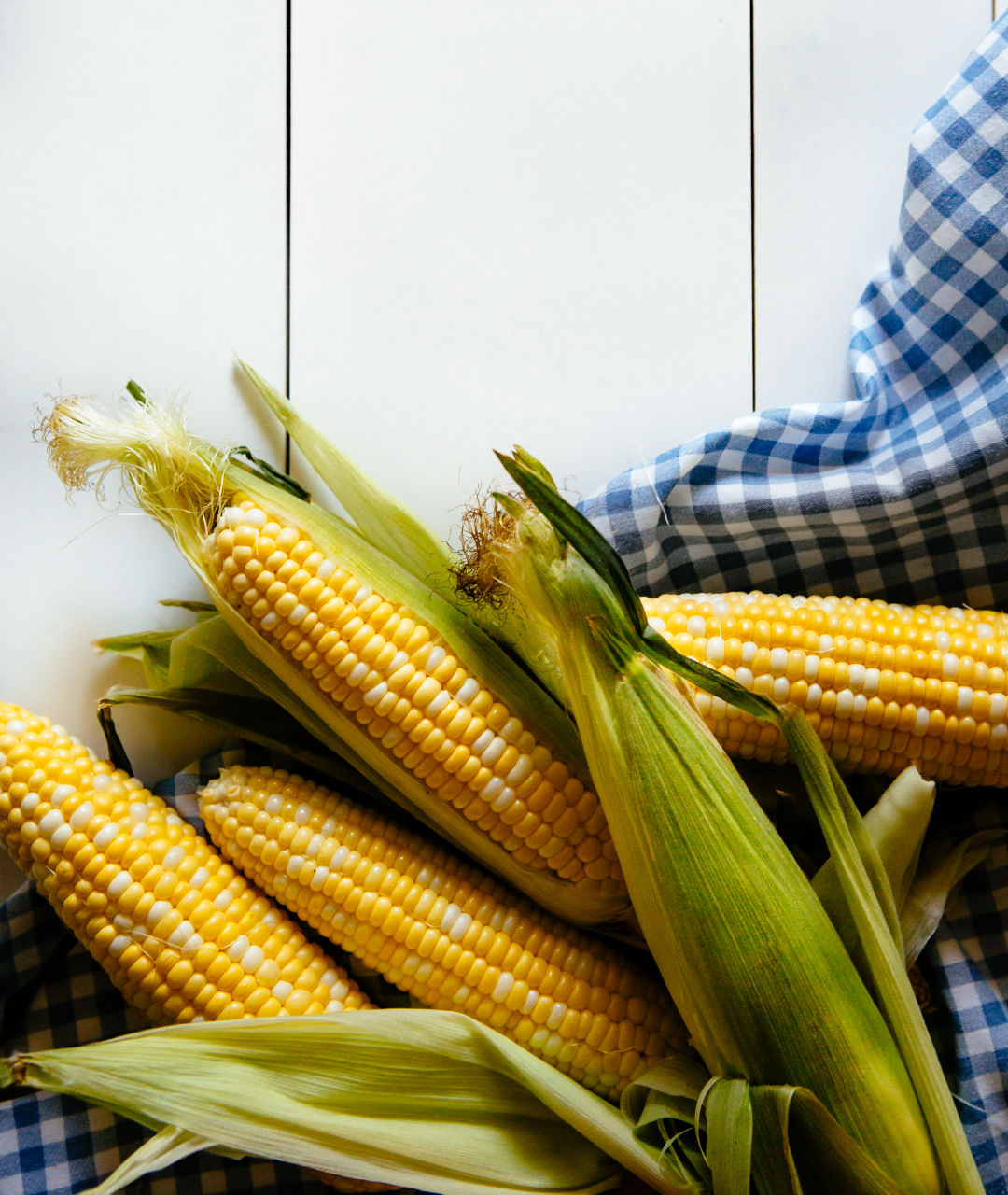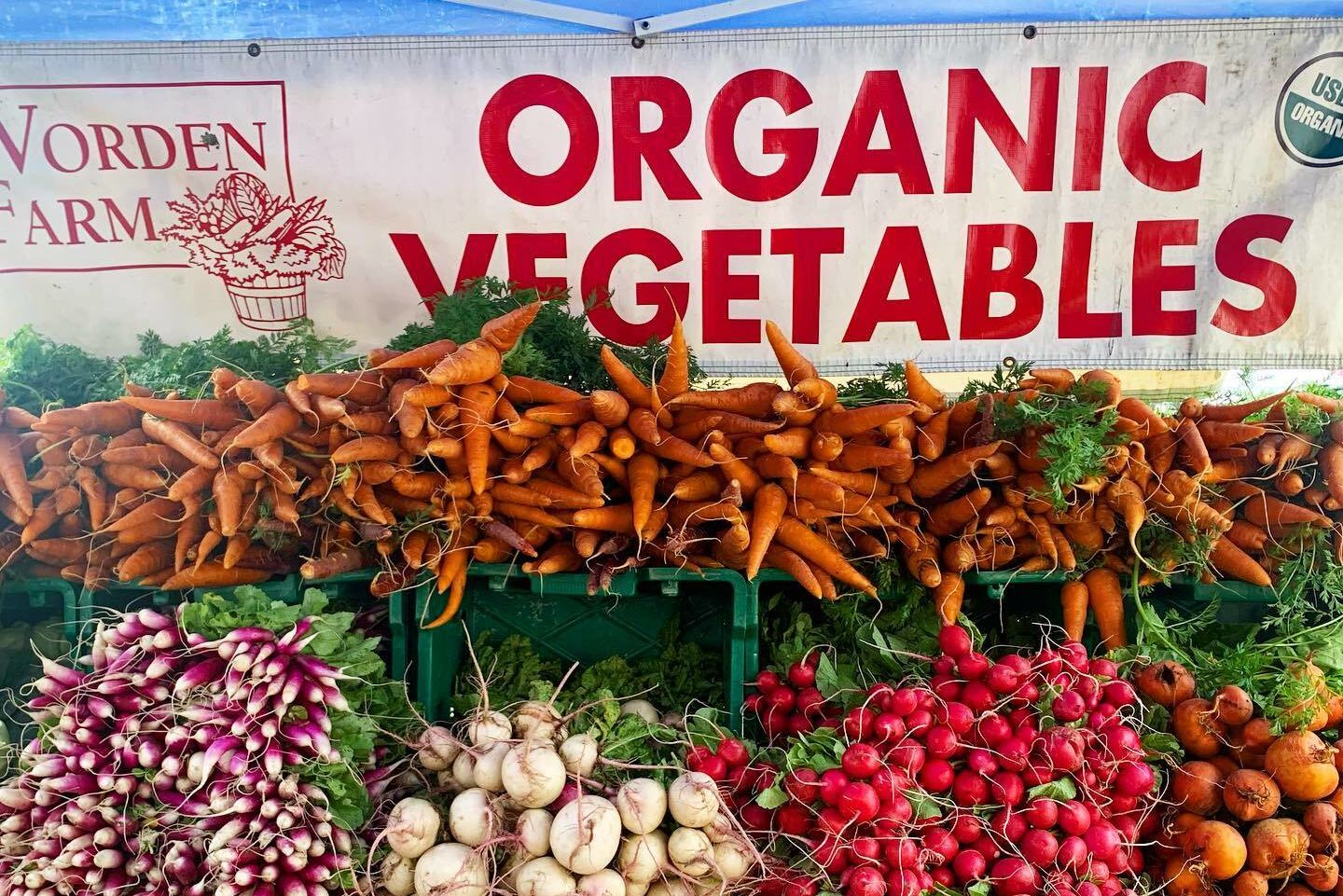For One Scholar, Corn Offers a Window Into Florida's Past—and Present

Sweet Florida corn
Image: Shutterstock
In historian Gary Mormino’s list of the 10 dishes that define Florida, you’ll find Sunshine State staples like the Cuban sandwich, Key lime pie and smoked mullet, but a few entries might surprise you. Take corn. Florida doesn’t have a reputation as a corn-growing state, but farmers here harvested 476.4 million pounds of it (worth nearly $143 million) just last year.
The history of corn in Florida, Mormino points out, goes back millennia. It was a staple of Native American diets and was adopted by Spanish colonists only because they couldn’t grow wheat here. “In Spanish Florida, corn, not wheat, was the staff of life,” says Mormino. “They had to adapt or die.”
Mormino, who has authored many popular books on Florida history, is today a professor emeritus at the University of South Florida. He teaches a class on the history of food and plans to write a book on the evolution of Florida cuisine in the coming years. He says food offers a “window into every part of our lives.”
The Spanish adoption of corn was part of a larger collision between the Americas and Europe that historians call “the Columbian exchange.” Colonizers introduced pigs to the Western Hemisphere, for example, and took home tomatoes, corn and hot peppers never before seen in Europe.
“The exchange is probably the most remarkable event in modernity. It’s the beginning of globalization,” says Mormino, who became fascinated by the role of food in history while working on his dissertation in the 1970s. He was interviewing Italians who had immigrated to Ybor City. “I would rarely ask them about it, but the subject of food always came up,” Mormino says. Hunger and privation had forced many of them to travel to the U.S., where they ate better than the relatives they left behind.
Such forces still play a role in global migration patterns, and immigrants also change the cultures they encounter. Puerto Ricans fleeing natural disaster and Venezuelans escaping social unrest have arrived in high numbers in Florida in recent years, Mormino says, and they are bringing their cuisines with them. “It’s always evolving,” he says.



